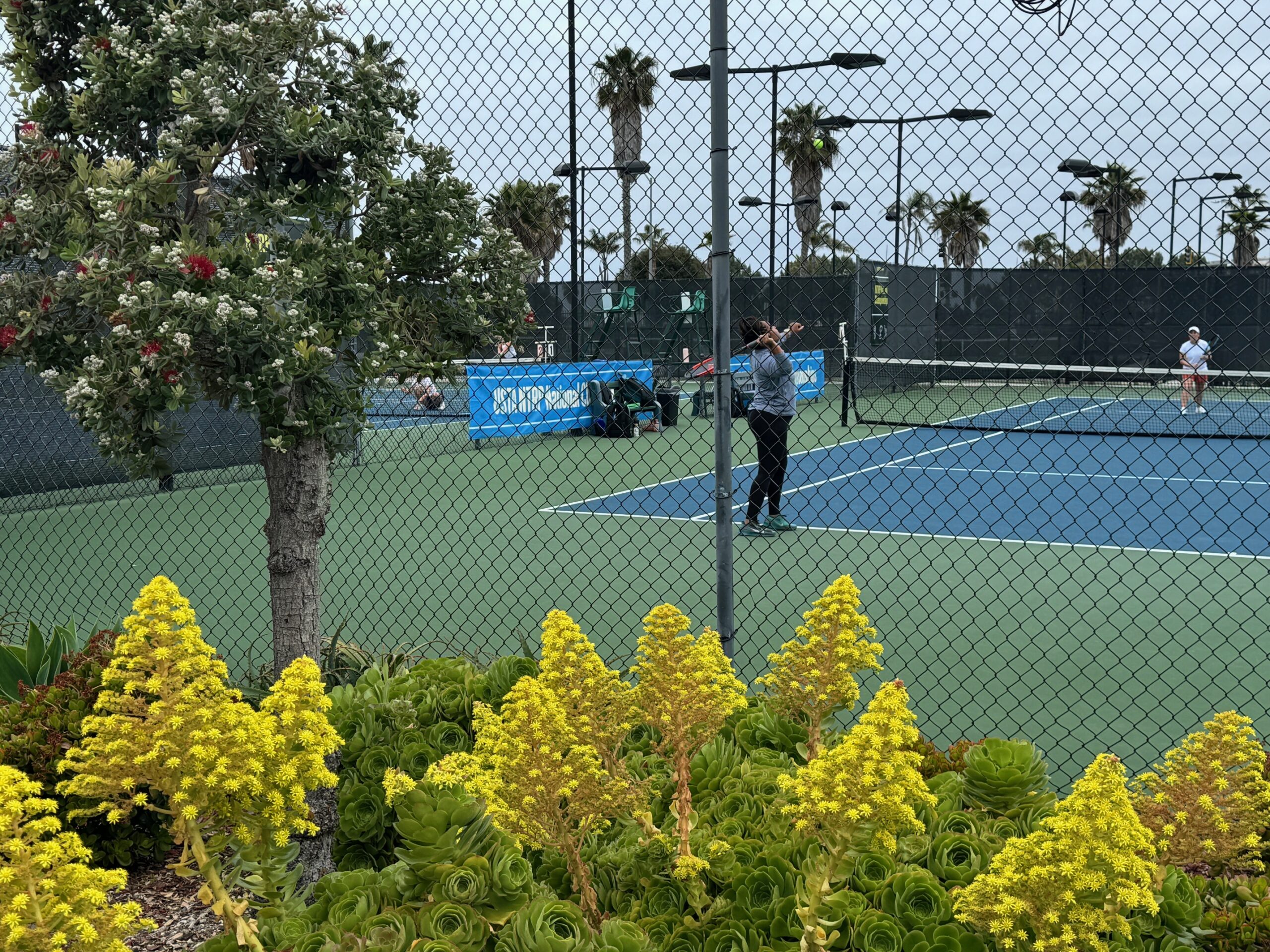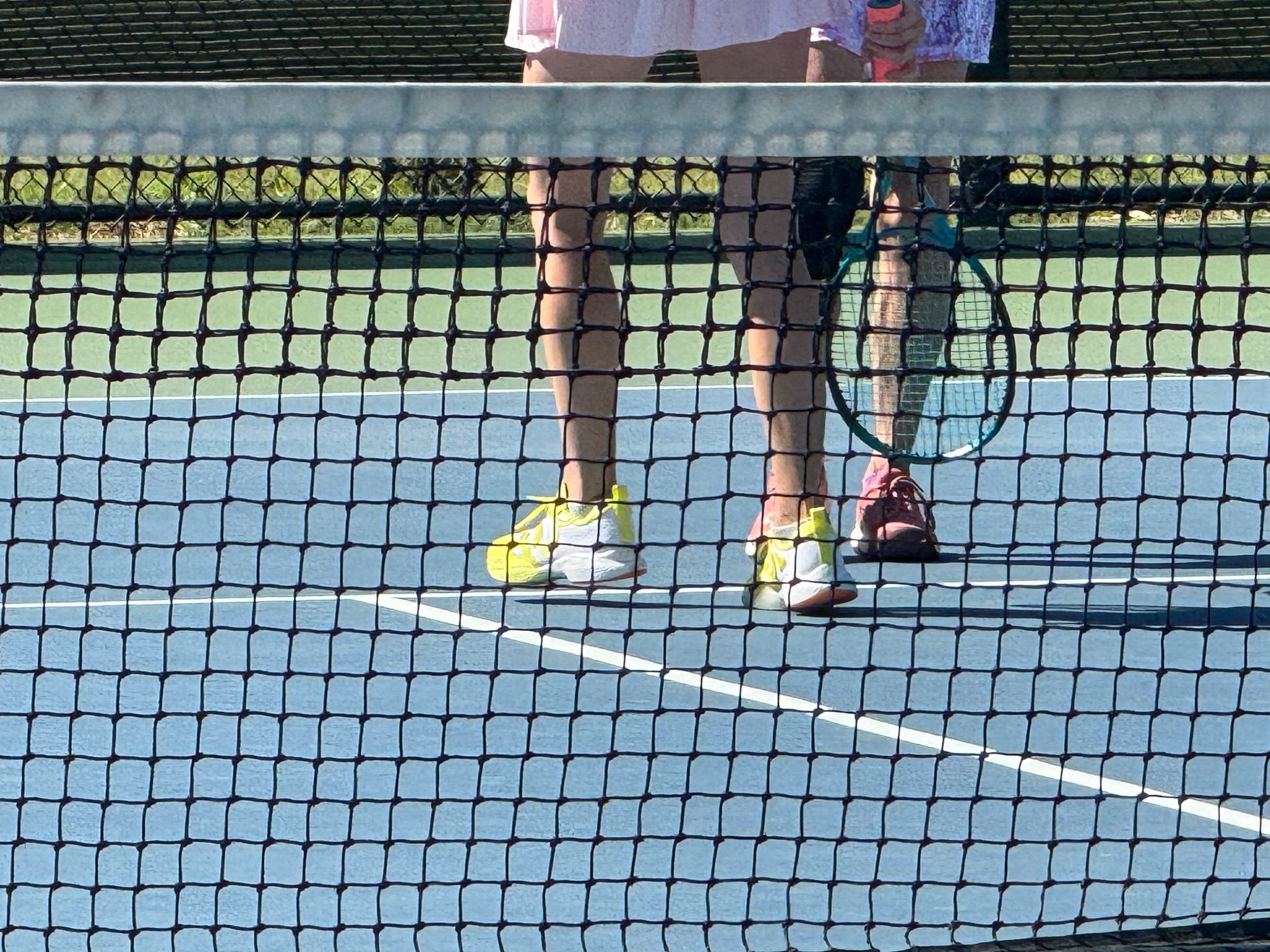Competitive tennis players usually have a sharp understanding of the shots in their own arsenal. In fact, performing an inventory of strengths and weaknesses for each stroke is a foundational exercise of long-term player development programs. However, the very best players in tennis extend the analysis of their inventory beyond each individual shot in isolation. It is yet another way that the very best tennis players plan and strategize over extended timeframes.
The ability to play well-composed points is the hallmark of the very best Adult and Senior tennis players. Winning points off a one-shot winner is relatively rare in tennis. Instead, those winning shots are the culmination of several strokes that created the opportunity for a decisive finish. Good tennis players usually have some mastery over an array of playing patterns that effectively win points.
However, the truly great tennis players are cognizant of their point composition beyond the current moment. They recognize that every point played in a match potentially informs a tactical response from their opponent. In fact, as the player on the other side of the net makes adjustments, the success prospects of playing patterns will ebb and flow. The very best players are the ones with a strategic grasp of how their playing patterns can be continuously assembled to win matches.
If the opponent is paying close attention and making good adjustments, tactics that were working at the first of a match may become less effective over time. The marathon match that was the subject of yesterday’s post provides a great illustration of how tactics can evolve continuously over the duration of a match.
The overall strategy for one of the players was to play as many long and grueling points as possible. She started out with a very effective tactic toward that objective, composing points that featured a lot of lofty balls hit deep into the court. Initially, it worked to keep her opponent well behind the baseline, where attacking options are limited. However, the opposing player countered that tactic by stepping into the court and attacking the loopier balls with swinging volleys.
Once that occurred, a second playing pattern was needed. A more effective point composition for the situation required hitting flatter balls with higher velocity. That mitigated the attacking possibilities from the swinging volleys and forced yet another adjustment from her opponent. In fact, the entire match was a fascinating display of the ebb and flow of these basic tactics between the two players.
The very best tennis players understand how their shots complement each other during individual points. They also know how various point compositions can be used to generate an edge during competitive tennis matches. They typically develop those patterns of play in advance of when the tactics are needed. Additionally, when their matches reveal an opportunity to develop a new playing pattern, they ruthlessly pursue it.
This long-term perspective that is hard to recognize at the recreational level and even harder to master. However, it is something that anyone who aspires to compete at the highest levels of tennis should be constantly working on.
Throughout 2023 I am exploring the 12 Habits of Highly Successful Tennis Players. A complete summary of all posts to date on that topic as well as what is coming up for the remainder of this year can be found on the 12 Habits of Highly Successful Tennis Players homepage.




In the fifth paragraph, second sentence, I think the word “reaturing” should be “returning”.